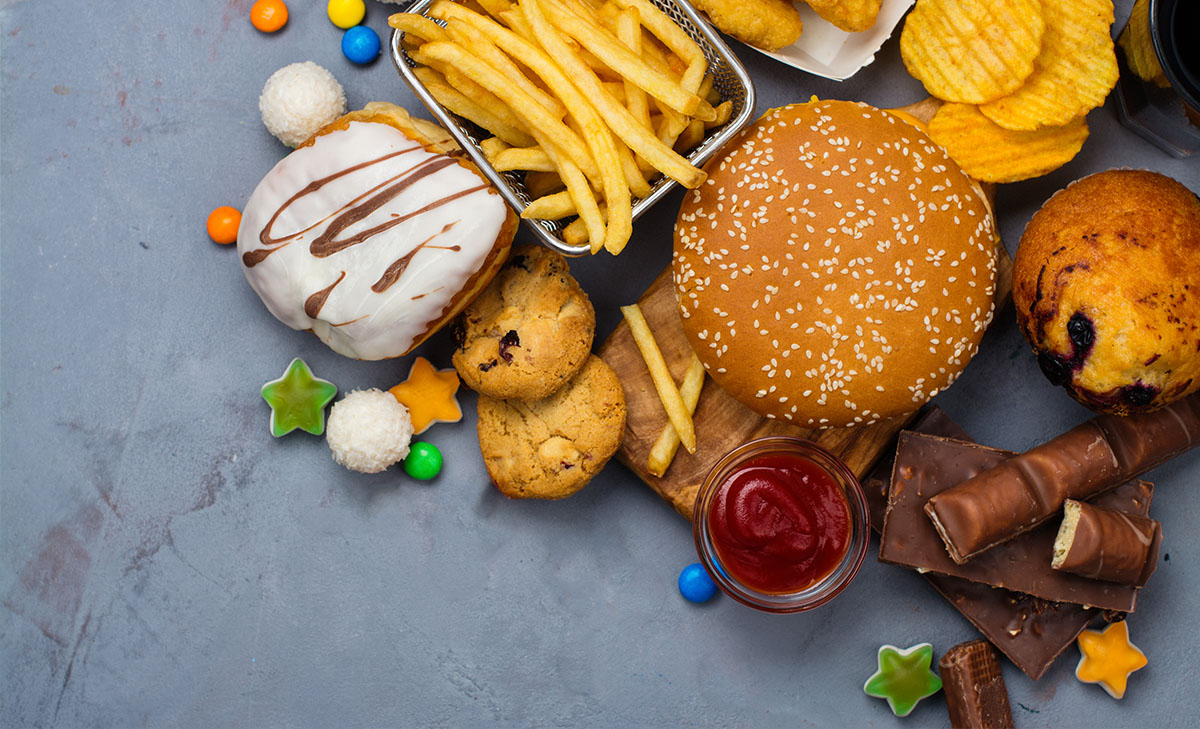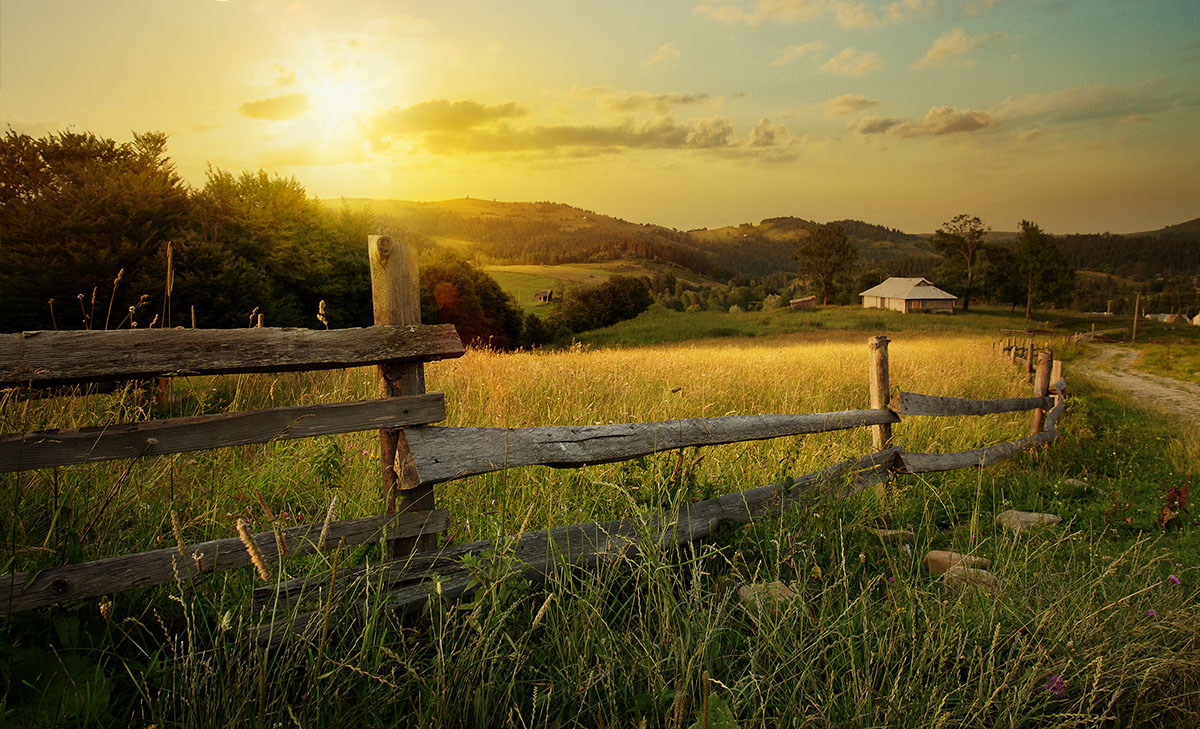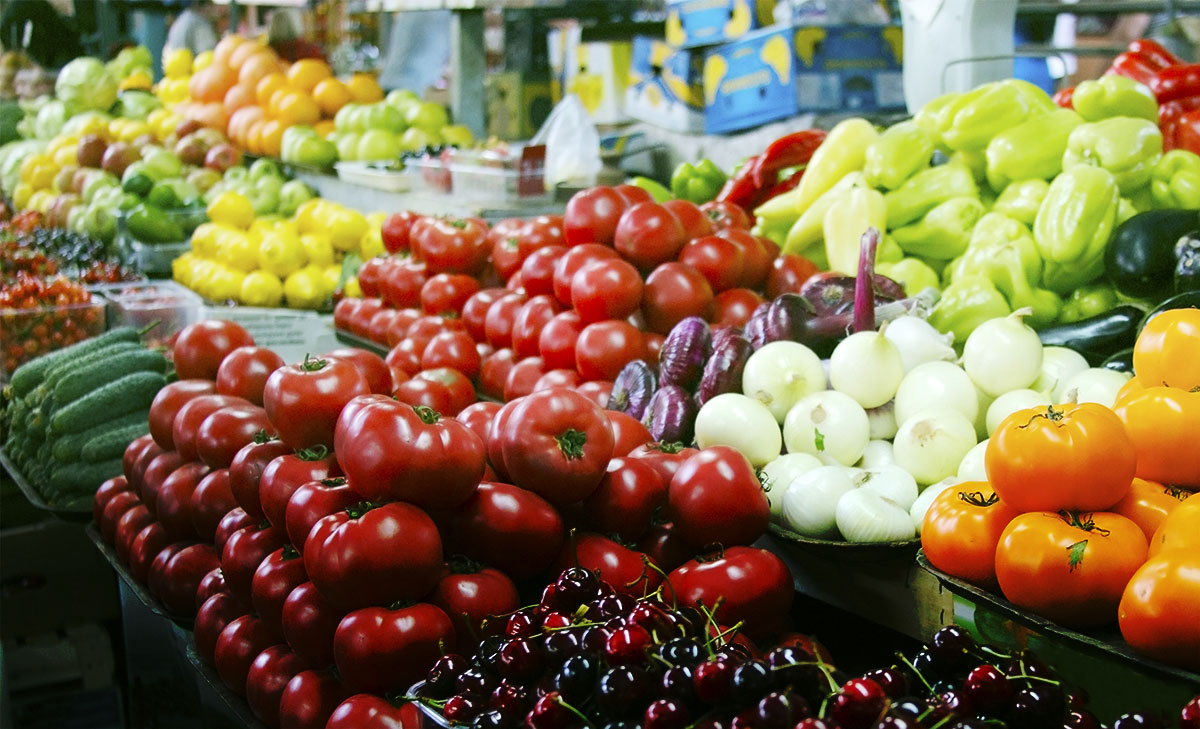Elementary | Sponsored By: Corteva Agriscience
Designing Healthy Ice Pops

Elementary | Sponsored By: Corteva Agriscience
You Are What You Eat!

Citizen Science
Gauging Rainfall With CoCoRaHS
The Community Collaborative Rain, Hail, and Snow Network
The Science Teacher—February 2020 (Volume 87, Issue 6)
By Jill Nugent
Focus on Physics
Measuring Shadows to Calculate the Size of Earth
The Science Teacher—February 2020 (Volume 87, Issue 6)
By Paul G. Hewitt
Elementary | Sponsored By: Corteva Agriscience
How Does Your Garden Grow?

Elementary | Sponsored By: Corteva Agriscience
The Farmer in the Lab

Elementary | Sponsored By: Corteva Agriscience
This Land Is Your Land






